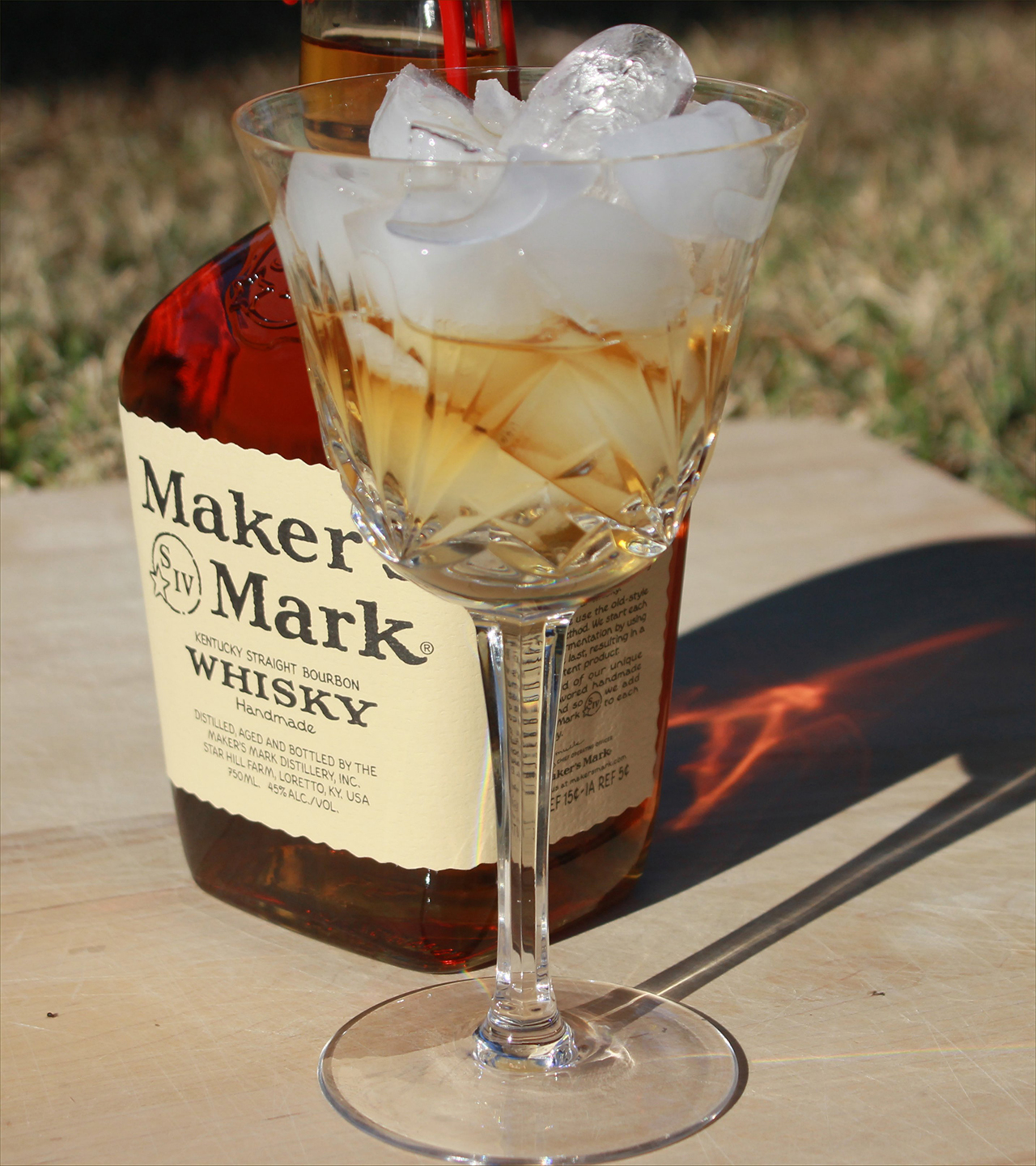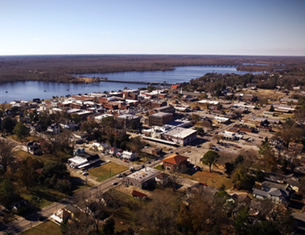Publisher's note: This post appears here courtesy of the Carolina Journal, and written by John Trump, managing editor.

The Program Evaluation Division has a compiled and released a comprehensive report that looks at how North Carolina regulates and controls liquor sales and offers ways and legislative options toward changing and modernizing the process.
The thoughtful 59-page report, "Changing how North Carolina Controls Liquor Sales has Operational, Regulatory, and Financial Ramifications," plus appendices, provides an excellent starting point for lawmakers who want to reform the system, as well for those intent on maintaining the status quo.
But lawmakers should not, uh, read too much into it.
Carol Shaw, the PED's principal program evaluator, on Feb. 11 presented the report to lawmakers, and she patiently answered their questions, which came at least a couple hours after her initial comments.
The presentation and subsequent questions - most of which were relevant - was sort of a legislative precursor for the coming main event, when lawmakers will debate and decide what to do, if anything, about the antiquated way North Carolina regulates and sells liquor.
As bills are introduced, the PED report will become the basis for much of the debate, and in some cases lawmakers' respective points will become mantra and even rallying cries.
It's easy to predict what some of those will be.
Liquor consumption in North Carolina, and how it correlates with liquor density - ABC stores - will be a common theme, but mostly for those resisting free-market models.
As one lawmaker said Feb. 11, North Carolina, in the Southeast, has the lowest rate of consumption - third-lowest nationwide - it's bringing in the most revenue per wine gallon sold -455,829,000 for fiscal 2016-17 - and it has the lowest density.
The N.C. Alcoholic Beverage Control Commission and its 170 boards run 433 stores, which, in fiscal 2016-17, sold, the report says, 79 million bottles of liquor.
"At $36.79 per wine gallon, North Carolina collected four times as much revenue per gallon as Louisiana, which collected the lowest revenue per gallon among southeastern states," the PED says
"Among Southeastern states, North Carolina collects the most public revenue per gallon of liquor sold, has the lowest liquor outlet density, and has the second lowest adult per capita liquor consumption," the report says.
Shaw says the PED - the legislature's government watchdog arm - uses a universally accepted standard to measure consumption, done by dividing the total amount of liquor sold - in wine gallons - by the number of people 21 and older.
But alcohol consumption is generally down, so N.C. lawmakers would do well to consider other factors when debating the fate of the ABC system.
New data show that U.S. alcohol volumes dropped 0.8 percent last year, slightly steeper than the 0.7 percent decline in 2017, the
Wall Street Journal reported last month.
The fall in alcohol volumes, the newspaper reports, reflects "a growing trend toward mindful drinking or complete abstinence, particularly among the millennial cohort," says IWSR's U.S. head Brandy Rand. IWSR's specializes in analyzing and dispersing data associated with the spirits industry.
And the state numbers reflect only the consumption of liquor, not beer and wine, which are generally less expensive and not so tightly regulated, especially in North Carolina. In fact, the brewery boom here didn't begin until lawmakers removed the handcuffs and made it easier for brewers to brew and sell their beer.
The PED's consumption numbers also fail to account for liquor sold in border states such as Virginia and South Carolina. It's also important to consider the prevalence and pervasiveness of marijuana and pills, which people intent on getting a buzz may find cheaper than liquor and thus eschew the bottle.
And there's this.
Revenue across the spirits sector, the N.Y. Times reports, was up 5.1 percent to a record $27.5 billion in 2018, with sales of the most expensive liquors growing the fastest. People may indeed be drinking less overall. But they are drinking better, willing to spend more for literally top-shelf products.
The PED did an outstanding job, and its report is replete with important and useful information for lawmakers.
But, conversely, lawmakers should be careful how they use it.
























